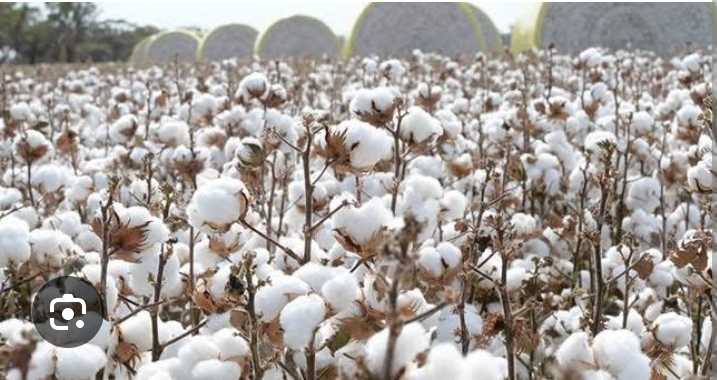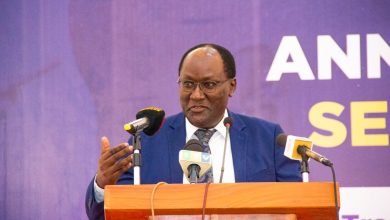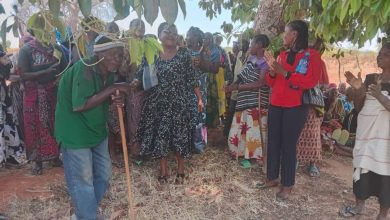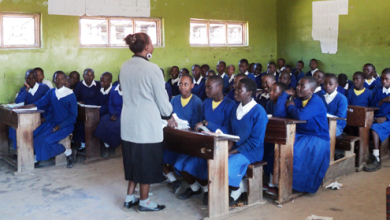Politics affect cotton production -Bashe

DODOMA: MINISTER for Agriculture, Hussein Bashe has blamed politicians in the cotton growing regions for a drastic fall of cotton production by disregarding scientific principles in farming and encouraging intercropping practices.
Winding up debates on the proposed budget of his ministry for the 2025/26 financial year in Parliament on Thursday, the minister said neglecting scientific guidelines and encouraging mixed cropping directly led to a severe decline in cotton output.
“If we, as politicians and leaders, do not agree to change and respect science in cotton farming and if we turn cotton into a political crop, we will not escape poverty for cotton farmers,” Bashe stated passionately.
“The fundamental problem with cotton farming is rejecting science. We are told not to intercrop. But we all know that in Sukumaland, we agree in internal meetings, but when we go to public gatherings, we are told, ‘Is it your farm?’” He underscored,
“The issue for cotton is not price; it is productivity. We must change and accept that agriculture is science.” Tanzania’s cotton production declined to 149,361 tonnes in 2024/2025 season from 282,510 tonnes in 2023/2024.
This follows productions of 174,486 tonnes in 2022/2023 and 144,792 tonnes in 2021/2022.
Despite this decline, Minister Bashe presented an ambitious target.
During his ministry’s budget proposal on Wednesday,
he stated that the Ministry, through the Cotton Board of Tanzania, would support farmers to increase cotton production from the current 149,361 tonnes in 2024/2025 to 400,000 tonnes in 2025/2026.
He said cotton fetched 1,200/- per kilogramme for farmers last year when the global market price was 0.75 US dollars per pound.
He noted that the international price has since fallen to 0.64 US dollars.
ALSO READ: Ministry mulls new cotton model to boost earnings
“Price is a function of demand and supply,” Bashe emphasised.
Mr Bashe drew a stark contrast with neighbouring countries. He stated that Tanzanian cotton farmers are currently receiving 1,150/- per kilogramme for their cotton, while farmers in Zambia receive the equivalent of 800/- per kilogramme, Malawi 864/-, Mozambique 918/- and Zimbabwe 800/-.
“And no farmer in those countries receives any subsidy and you don’t hear any complaints,” Bashe highlighted.
“But why don’t you hear complaints? They get 1,500 to 2,000 kilogrammes from one acre.”
“We send experts there [to those countries] and we tell our farmers to at least have a plant population of 44,000 plants per acre. But then we go to political rallies and tell the people not to be restricted. You (politicians) tell them to intercrop cotton and maize,” he said.
Cotton farming remains a vital agricultural activity in Tanzania, playing a crucial role in the national economy and particularly for rural livelihoods.
It stands as a strategic export crop, significantly contributing to foreign exchange earnings and providing direct income for hundreds of thousands of smallholder farmers across the country.
Cotton is predominantly cultivated by smallholder farmers, typically managing average farm sizes of around 1.5 hectares, though landholdings can vary from 0.4 to 40 hectares.
The Western Cotton Growing Area (WCGA) is the primary production hub, accounting for 97-99 per cent of total output, encompassing regions such as Shinyanga, Simiyu, Mwanza, Mara, Geita, Tabora, Kigoma and Singida.





